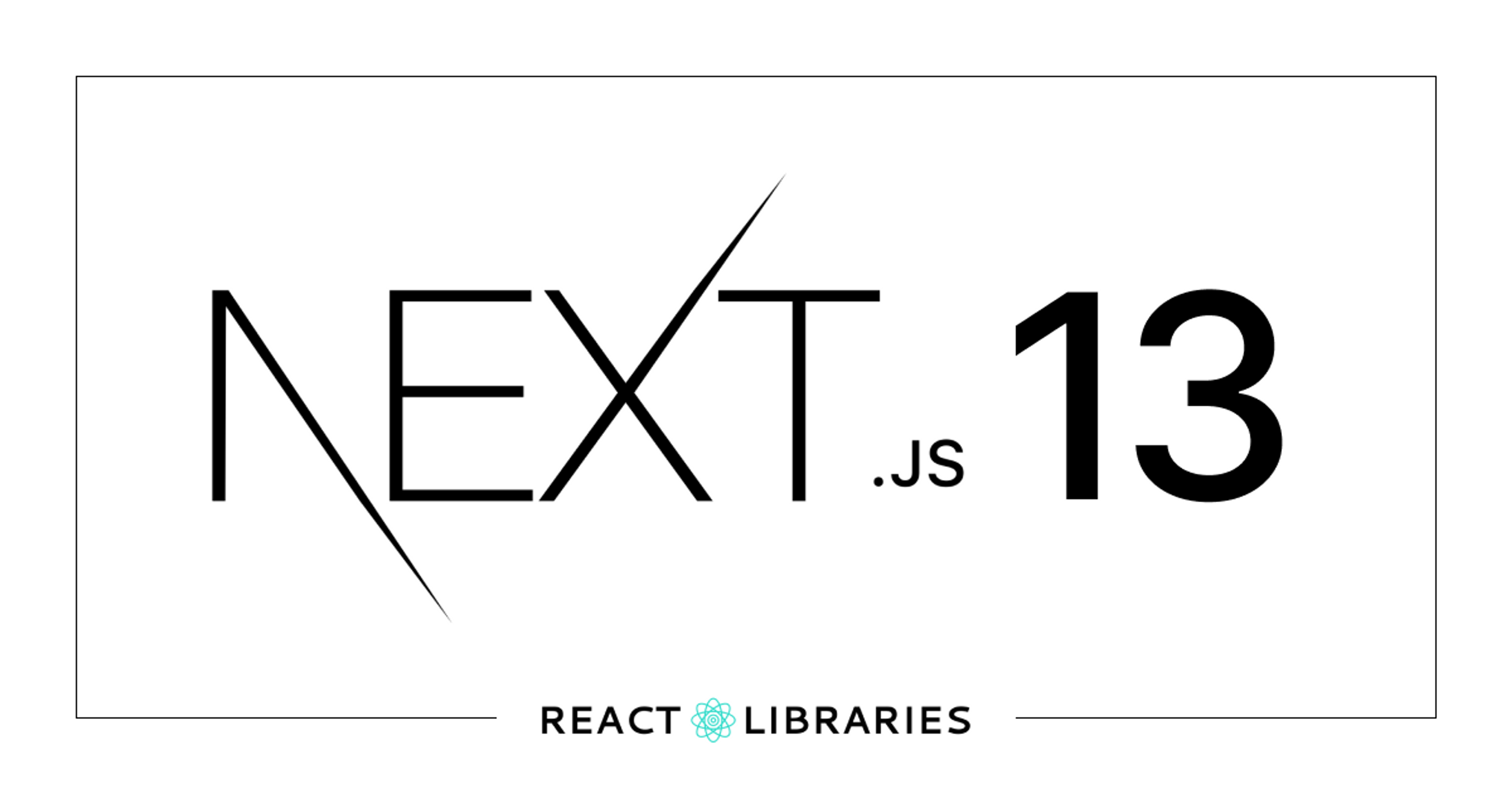According to the React Blog, Meta is establishing the React Foundation as a new technical governance structure for the React ecosystem. This marks a significant shift in how React's development will be managed and represents one of the most substantial organizational changes in the framework's history.
What Changed
The React Foundation introduces a formal governance model that separates React's technical direction from Meta's direct control while maintaining Meta's continued investment and involvement. This structure aims to provide clearer pathways for community contribution, more transparent decision-making processes, and better coordination across the broader React ecosystem.
The foundation model addresses a long-standing concern in the React community: how to balance Meta's stewardship with the framework's evolution into a truly open-source project used by millions of developers worldwide. Unlike the previous informal governance structure where Meta engineers made most core decisions, the foundation establishes formal processes for technical proposals, community input, and ecosystem coordination.
This change doesn't mean Meta is stepping back from React development. Rather, it creates a framework where Meta's continued contributions work alongside community involvement in a more structured way. The foundation will oversee technical direction, coordinate breaking changes, and provide a clearer roadmap for React's future.
What This Means for Developers
For teams building React applications, this governance change brings several practical benefits. First, expect more predictable release cycles and clearer communication about breaking changes. The foundation structure typically includes formal RFC (Request for Comments) processes that give developers advance notice of significant changes and opportunities to provide feedback before features are finalized.
Testing strategies may see improvements as the foundation coordinates better with the React Testing Library and other testing tool maintainers. Currently, developers sometimes encounter friction when new React features don't immediately have testing best practices documented. A foundation structure should streamline this coordination, ensuring testing guidance arrives alongside new features.
1// Example: Future testing patterns might be better coordinated
2// With foundation oversight, expect clearer guidance like this
3// to arrive with new features rather than months later
4
5import { render, screen, waitFor } from '@testing-library/react';
6import { act } from 'react';
7
8test('new React feature with coordinated testing approach', async () => {
9 render(<ComponentUsingNewFeature />);
10
11 // Foundation coordination means testing libraries
12 // can provide patterns that work reliably
13 await waitFor(() => {
14 expect(screen.getByRole('status')).toHaveTextContent('loaded');
15 });
16});The foundation model also signals more stable API contracts. When a governance body oversees breaking changes, there's typically more pressure to maintain backward compatibility and provide comprehensive migration paths. This matters significantly for large codebases where React upgrades can be expensive undertakings.
Practical Implications for Testing and Quality
From a quality engineering perspective, the foundation structure should improve how testing strategies evolve with React itself. One persistent challenge has been the lag between React introducing new features and the testing community establishing best practices for those features. Concurrent features, Server Components, and the new use hook all required the community to figure out testing approaches somewhat independently.
A foundation can coordinate these efforts more effectively. Testing library maintainers could participate in technical committees, ensuring new React features ship with clear testing guidance from day one. This reduces the period where teams are uncertain about how to properly test new patterns.
1// Current challenge: Testing patterns for newer features
2// often require community experimentation
3
4// With foundation coordination, expect clearer patterns like:
5import { renderToReadableStream } from 'react-dom/server';
6import { createFromReadableStream } from 'react-server-dom-webpack/client';
7
8// Foundation-coordinated testing docs would clarify
9// approaches for complex scenarios like Server Components
10async function testServerComponent(Component) {
11 const stream = await renderToReadableStream(<Component />);
12 const result = await createFromReadableStream(stream);
13 // Clear, official testing patterns rather than
14 // community-discovered workarounds
15 return result;
16}Quality assurance processes should benefit from more predictable deprecation timelines. Foundation governance typically establishes formal policies around how long deprecated APIs remain supported. This allows teams to plan technical debt reduction more effectively rather than being surprised by sudden deprecations.
Impact on Ecosystem Coordination
The foundation model addresses fragmentation in the React ecosystem. Currently, decisions about React Router, state management libraries, form libraries, and other ecosystem tools happen independently. While this independence has benefits, it sometimes leads to incompatible approaches or duplicated effort.
Advertisement
A foundation can provide coordination without control. For example, it might establish technical working groups that bring together maintainers from popular libraries to discuss common patterns. This could lead to more consistent APIs across the ecosystem, making it easier for developers to switch between tools or combine them effectively.
1// Future: Better ecosystem coordination might lead to
2// more consistent patterns across libraries
3
4// State management with coordinated patterns
5import { useOptimistic } from 'react';
6import { useFormStatus } from 'react-dom';
7
8function FormWithCoordinatedPatterns() {
9 // Foundation coordination could ensure libraries
10 // adopt consistent patterns for similar use cases
11 const [optimisticState, setOptimistic] = useOptimistic(initialState);
12 const { pending } = useFormStatus();
13
14 // Ecosystem libraries might adopt similar patterns
15 // making it easier to reason about different tools
16 return (
17 <form>
18 {/* Coordinated patterns across form libraries */}
19 </form>
20 );
21}Technical Governance and Breaking Changes
One practical concern with any governance change is how it affects the pace of innovation. React has historically moved deliberately, sometimes frustratingly slowly for developers eager for new features. A foundation structure could either accelerate or slow this pace depending on how it's implemented.
The key factor is whether the foundation establishes clear criteria for accepting breaking changes. Well-run foundations typically require:
- Demonstrated need from real-world use cases - Comprehensive migration tooling (codemods, compatibility layers) - Extended deprecation periods with clear warnings - Impact analysis on the ecosystem
These requirements can slow individual changes but often result in higher-quality features that are easier to adopt. For teams maintaining large React applications, this trade-off generally favors stability over rapid change.
Migration and Adoption Considerations
The foundation's creation doesn't require immediate action from development teams. React itself isn't changing overnight. However, teams should monitor how the foundation establishes its processes, particularly:
- RFC processes for proposing changes - Technical committee structure and membership - Release schedule and versioning policies - Deprecation and support timelines
Understanding these processes helps teams plan upgrades more effectively. If the foundation establishes a predictable release cadence (similar to Node.js's LTS model), teams can align their upgrade cycles accordingly.
From a testing perspective, watch for changes in how React's own test suite evolves. Foundations often invest in more comprehensive testing infrastructure, which can provide patterns worth adopting in application code.
Looking Forward
The React Foundation represents maturation of the ecosystem. As React powers an increasing number of production applications, formal governance becomes necessary to balance innovation with stability. For quality-focused teams, this change should bring welcome predictability to React's evolution.
The success of this transition will depend on how effectively the foundation balances community input with technical expertise. Other successful foundations (Node.js, Kubernetes) show that this model can work well when implemented thoughtfully. The key is maintaining React's technical excellence while opening decision-making to broader participation.
Developers should engage with the foundation's processes once they're established. Participating in RFCs, providing feedback on proposals, and contributing to ecosystem coordination efforts will shape React's future direction.
Resources
- Official React Foundation Announcement - React Documentation - React GitHub Repository





